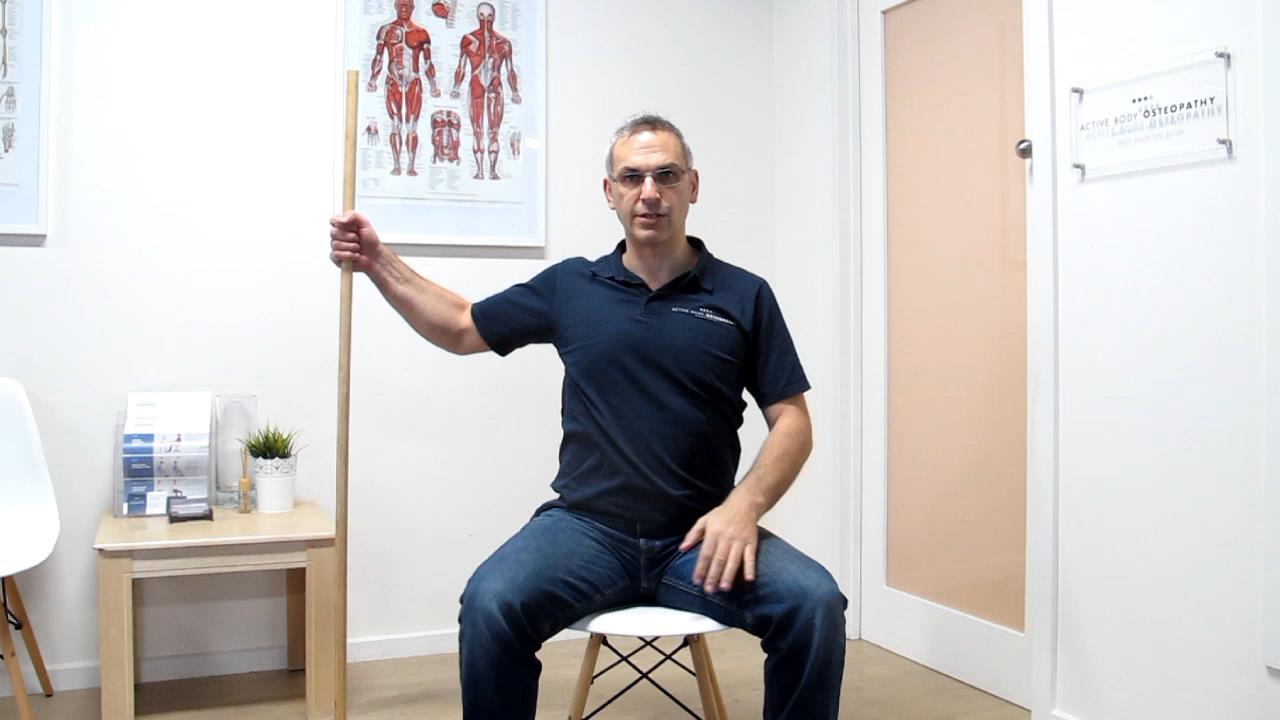Should you ice an injury?
A common question I get asked in the clinic is “Should I use ice for an acute injury?” Many of us would instinctively reach for the ice pack to help reduced the pain and swelling, but is it the right thing to do? The way we treat injuries is continually changing based on the most up to date research. So while the application of ice is common practice in the management of acute injuries, does it stack up with the latest research?

Many of you will be familiar with the acronym RICE (Rest, Ice, Compression, Elevation). It was coined by Dr Gabe Mirkin in 1978 as part of his acute injury management protocol. His intention behind using ice was to minimise the inflammatory response in an attempt to accelerate healing. This initial protocol became deeply rooted in our culture and for 20 years we were ‘RICE-ing’ injuries before P was included for protection (PRICE). 14 years later, POLICE (Protection, Optimal Loading, Ice, Compression, Elevation) replaced PRICE.
So why the changes?
Research has since identified that ‘Optimal Loading’ (OL) aids recovery through cell regeneration induced by light mechanical loading in the early stages. Subsequently, Rest (R) or a lack of movement is detrimental to recovery.
So where does that leave ice?
The current literature is clear in regards to the great analgesic (pain numbing agent) effect of ice which works by cooling the skin’s temperature. However, there is minimal impact on underlying muscle, as there is no temperature change from the topical application of ice. What we are much less certain of now then we were in 1978, is it’s healing properties. Anecdotally (and likely due to the analgesic effect) most people report ice makes injuries “feel better”, at least in the short-term. But what impact does immediately icing an injury have in the mid to long-term?
In 2014, Dr Mirkin acknowledged changes in the research and, retracted ice from his initial protocol. He stated that coaches had been using his “’RICE‘ guideline for decades, but now it appeared that both ice and complete rest may in fact delay healing, instead of helping”.
What Dr Mirkin is referring to is the necessary benefits of the inflammation process. When we injure ourselves, our body sends signals out to our inflammatory cells (macrophages) which release the hormone Insulin-like Growth Factor (IGF-1). These cells initiate healing by killing off damaged tissue. Although when ice is applied, we may actually be preventing the body’s natural release of IGF-1 and therefore delaying the initiation of the healing process.
Ice was finally revoked in 2019 from the injury management process with the latest and most comprehensive acronym: PEACE & LOVE (Protection, Elevation, Avoid Anti-Inflammatory Drugs, Compression, Education & Load, Optimism, Vascularisation and Exercise).
We All Need P.E.A.C.E. & L.O.V.E.?
The two new acronyms to optimise recovery are P.E.A.C.E. for initial injury management and L.O.V.E. for subsequent management.
During the first few days, soft tissues need P.E.A.C.E.

Protect:
Unload or restrict movement for 1 to 3 days to minimise bleeding, prevent distension of injured fibres and reduce risk of aggravating the injury. Rest should be minimised as prolonged rest can compromise tissue strength and quality. Rely on pain signals to guide removal of protection and gradual reloading.
Elevate:
Elevate the limb higher than the heart to promote interstitial fluid flow out of tissue. Despite weak evidence supporting its use, elevation is still recommended given its low risk-benefit ratio.
Avoid anti-inflammatory modalities:
Anti-inflammatory medications may potentially be detrimental for long-term tissue healing. The various phases of inflammation contribute to optimal soft tissue regeneration. Inhibiting such an important process using medicine is not recommended as it could impair tissue healing, especially when a higher dosage is taken.
As motioned earlier here is no high-quality evidence on the efficacy of ice for treating soft tissue injuries. Ice could potentially disrupt inflammation as well as increase immature myofibers, which may lead to impaired tissue regeneration and redundant collagen synthesis.
In a nutshell although ice and anti-inflammatories may have an analgesic (numbing effect) it may hinder the tissue healing process in the long term.
Compress:
External mechanical pressure using taping or bandages helps limiting swelling inside the joint and bruising.
Educate:
It’s important to take an active approach to recovery. In an era of technology and hi-tech therapeutic options, we strongly advocate for setting realistic expectations about recovery times instead of chasing the magic treatment approach.
After the first days have passed, soft tissues need L.O.V.E.
Load
An active approach with movement and exercise benefits most patients with musculoskeletal disorders. Mechanical stress should be added early and normal activities resumed as soon as symptoms allow. Optimal loading without exacerbating pain promotes repair, remodelling and building tissue tolerance and capacity of tendons, muscles and ligaments through mechanotransduction.
Optimism
The brain plays a key role in rehabilitation interventions. Psychological factors such as catastrophisation, depression and fear can represent barriers to recovery. They are even thought to explain more of the variation in symptoms and limitations following an ankle sprain than the degree of pathophysiology. Pessimistic patient expectations are also associated with suboptimal outcomes and worse prognosis. Staying realistic and positive about your injury enhances the likelihood of an optimal recovery.
Vascularisation
Physical activity that includes cardiovascular components represents a cornerstone in the management of musculoskeletal injuries. Cardio activity should be started a few days after injury to boost motivation and increase blood flow to the injured structures. Early mobilisation and aerobic exercise improve function, work status and reduce the need for pain medications in individuals with musculoskeletal conditions.
Exercise
There is a strong level of evidence supporting the use of exercises for treatment of injuries and for reducing the prevalence of recurring injuries. Exercises will help to restore mobility, strength and proprioception early after injury. Pain should be avoided to ensure optimal repair during the subacute phase of recovery, and should be used as a guide for progressing exercises to greater levels of difficulty.
And Don’t Forget To Avoid HARM
We strongly believe that following the above management will aid in the quickest possible recovery, however remember to still avoid H.A.R.M. (Heat, Alcohol, Running, Massage) regime. It is still considered vitally important to avoid this, particularly within the first 48-72 hours to improve your chance of a speedy and full recovery.

No Heat – heat will increase bleeding to injured area. Heat increases blood flow to the region which increases the swelling.
No Alcohol – alcohol increases bleeding and swelling to injured area by dilating your blood vessels.
No Running – running or exercise increases may delay healing as blood clot/haematoma formation may be compromised due to increased blood flow to the injured area.
No Massage – massage increases swelling and bleeding to injured area. Avoid during initial stages of injury. Massage performed over the affected area will increase trauma and swelling in the area.
Aiming for a Full Recovery
For us at Active Body Osteopathy, we aim for long-term results. We don’t simply treat the injury. We treat our clients as a whole. Because full recovery is not just completely healing an injured part of your body. Full recovery is about being in an optimal state of health physically and mentally.




